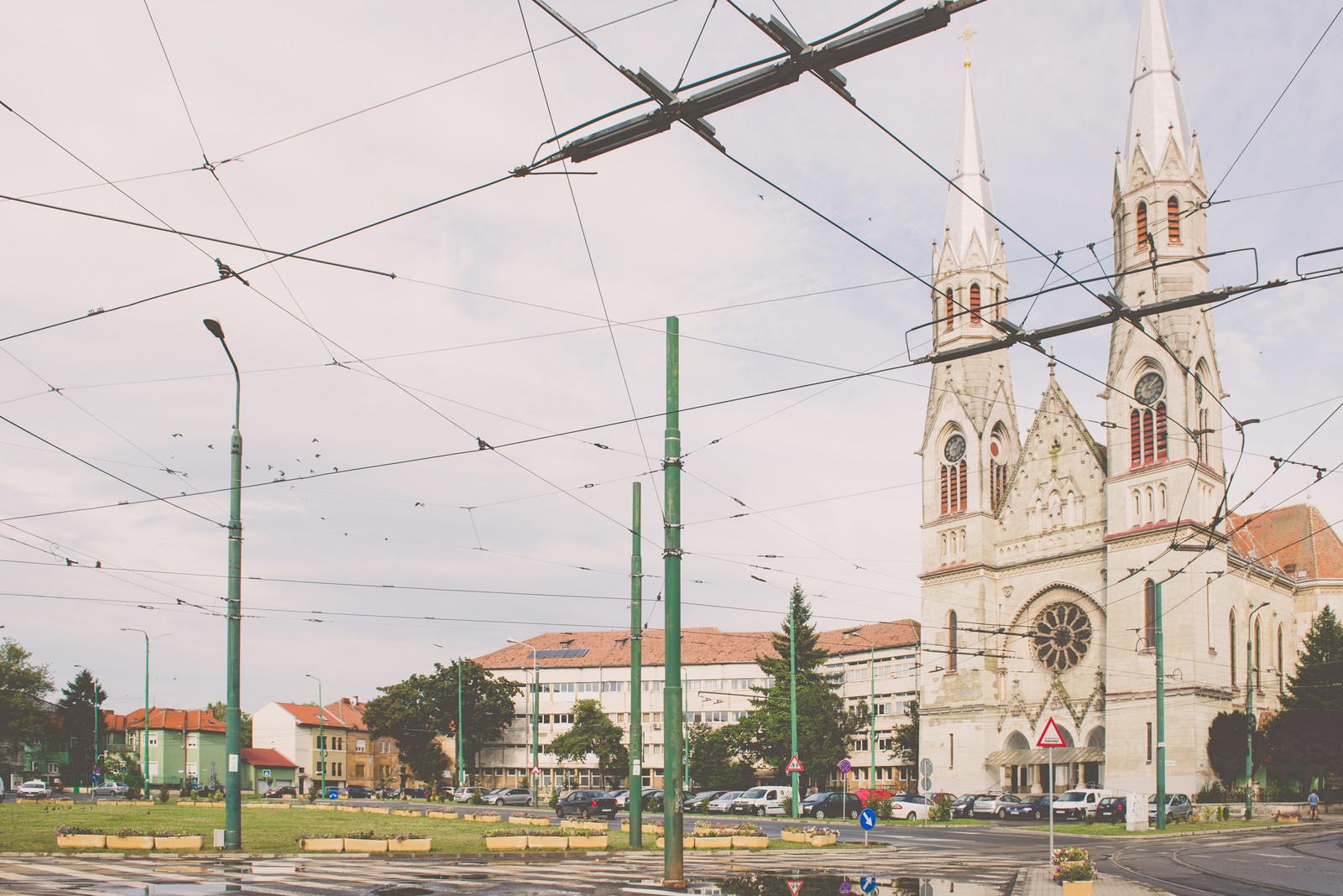
Titus Suciu, Jan Gehl and Bălcescu Square
"When outdoor areas are of high quality, necessary activities take place (…). In addition, however, a wide range of optional activities will also occur because place and situation now invite people to stop, sit, eat, play and so on. (…) In good environment, a completely different, broad spectrum of human activities is possible." Jan Gehl
“When I came to the city, after I finished my first school year in a mountain village in Transylvania, the Square, known then as Lahovary and after that as Bălcescu, was the center of Timișoara! Things where like that because back then the market was there and not on the inlet on 1 Decembrie street and because there was a bifurcation of tram lines, a station, a school, a grocery shop, a cake shop and...mozi!” Titus Suciu
Above we have two statements that, at first glance, seem to have little in common, being made by two different people with different professional and cultural backgrounds. At a closer look, one can see that they actually say one and the same thing. In his work "Life between buildings" Danish architect and planner Jan Gehl notes that in public spaces three types of activities take place: necessary activities (such as shopping, going to the bank, etc.), optional (relaxing at a terrace for a coffee, etc.) and social activities (meeting with friends, playing among children, etc.). He states that all these three activities must take placen in order for a public space to be of good quality, and if it is of poor quality only the necessary activities will take place. The description of Bălcescu Square, formerly known as Telekház tér and Grundhaus Platz, in the "Pagini despre Banat" writing, as perceived and found by a eight years old Titus Suciu, freshlly arrived in Timişoara, shows us a quality public space where all kinds of activities take place: from waiting for the tram to arrive and going to the market (necessary activities) to optional and social activities (having pastry and going to mozi - cinema, in Timișoara's argotic language). A market that perfectly fulfills the role of the functional, economic and social center of the Elisabetin neighborhood.
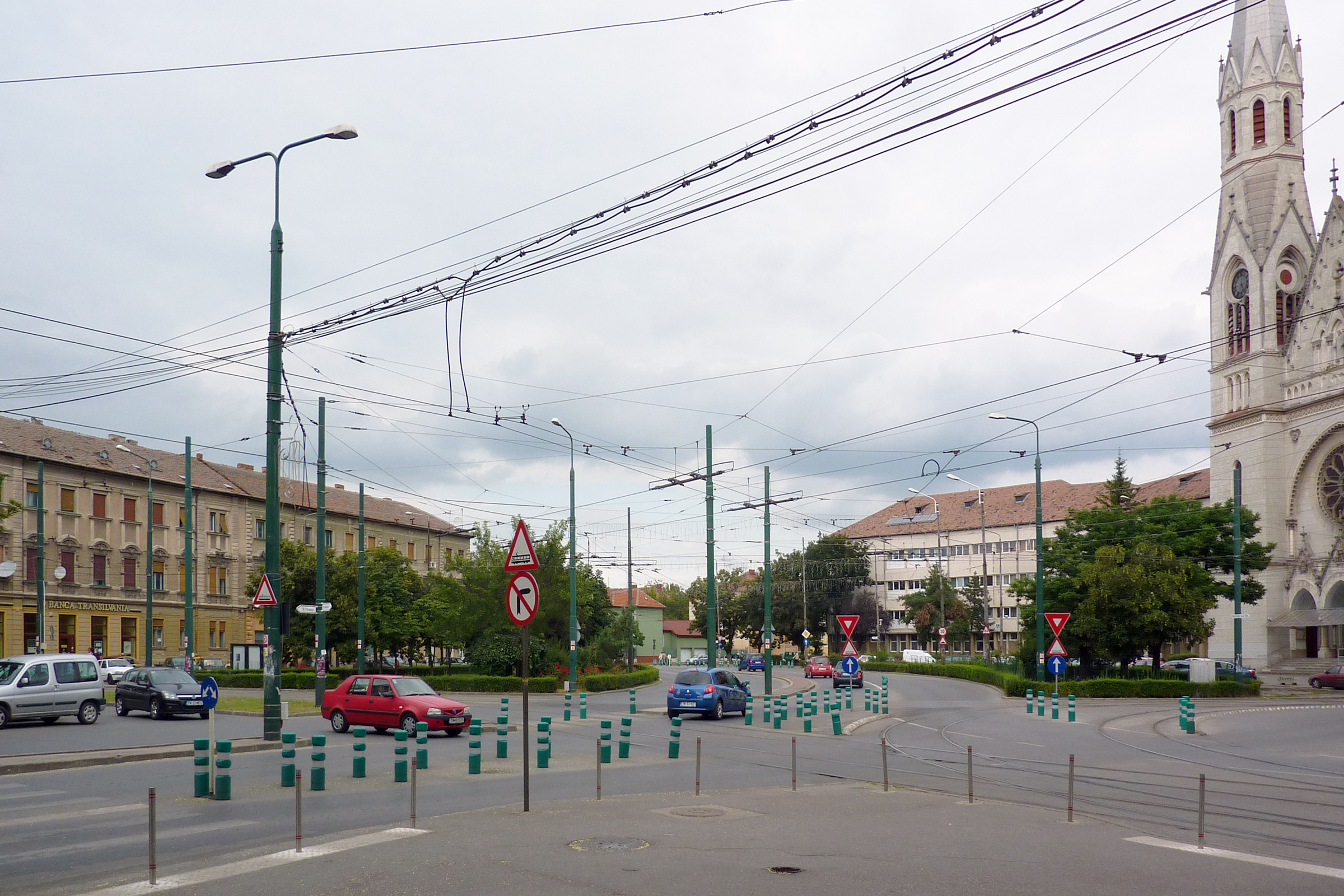
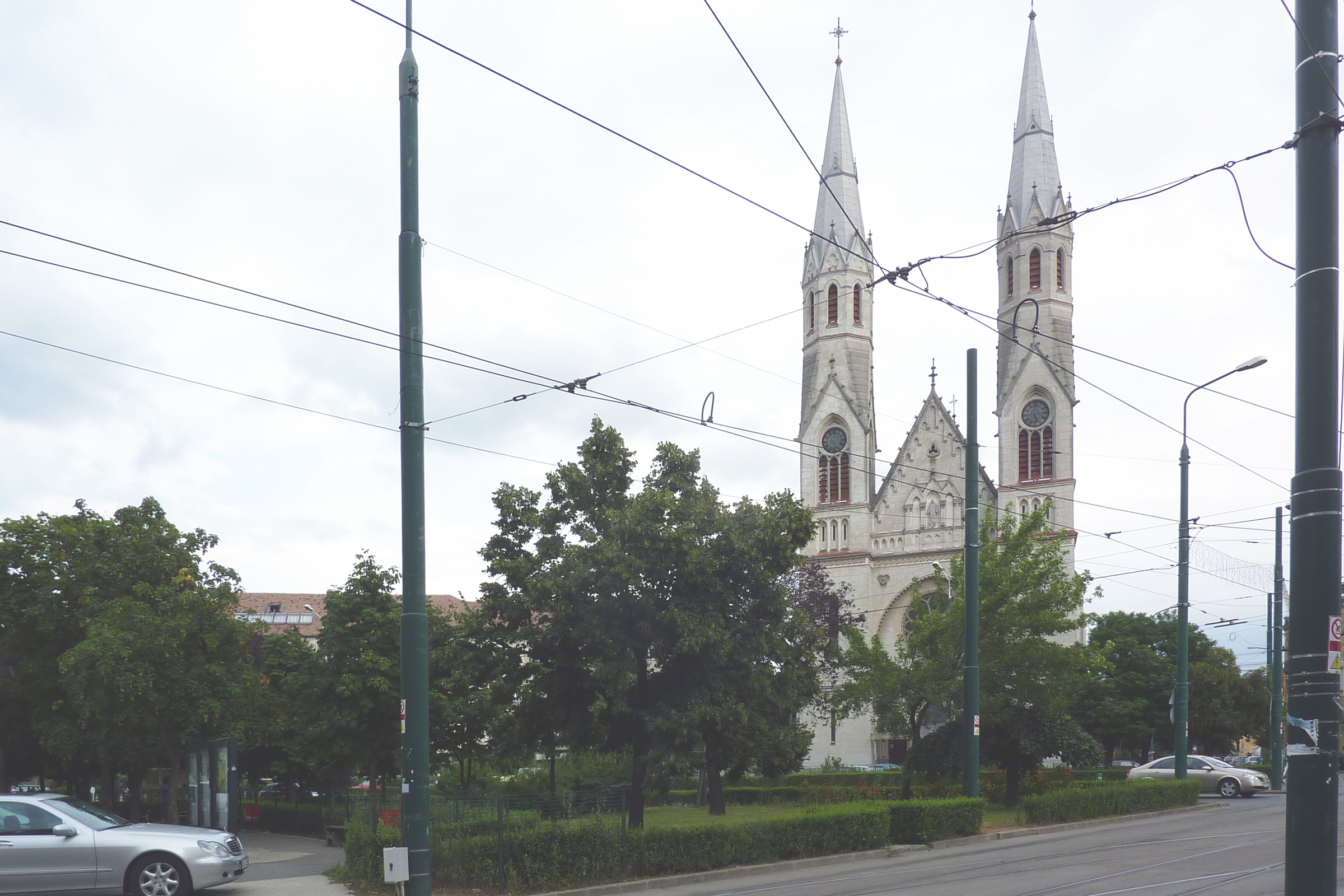
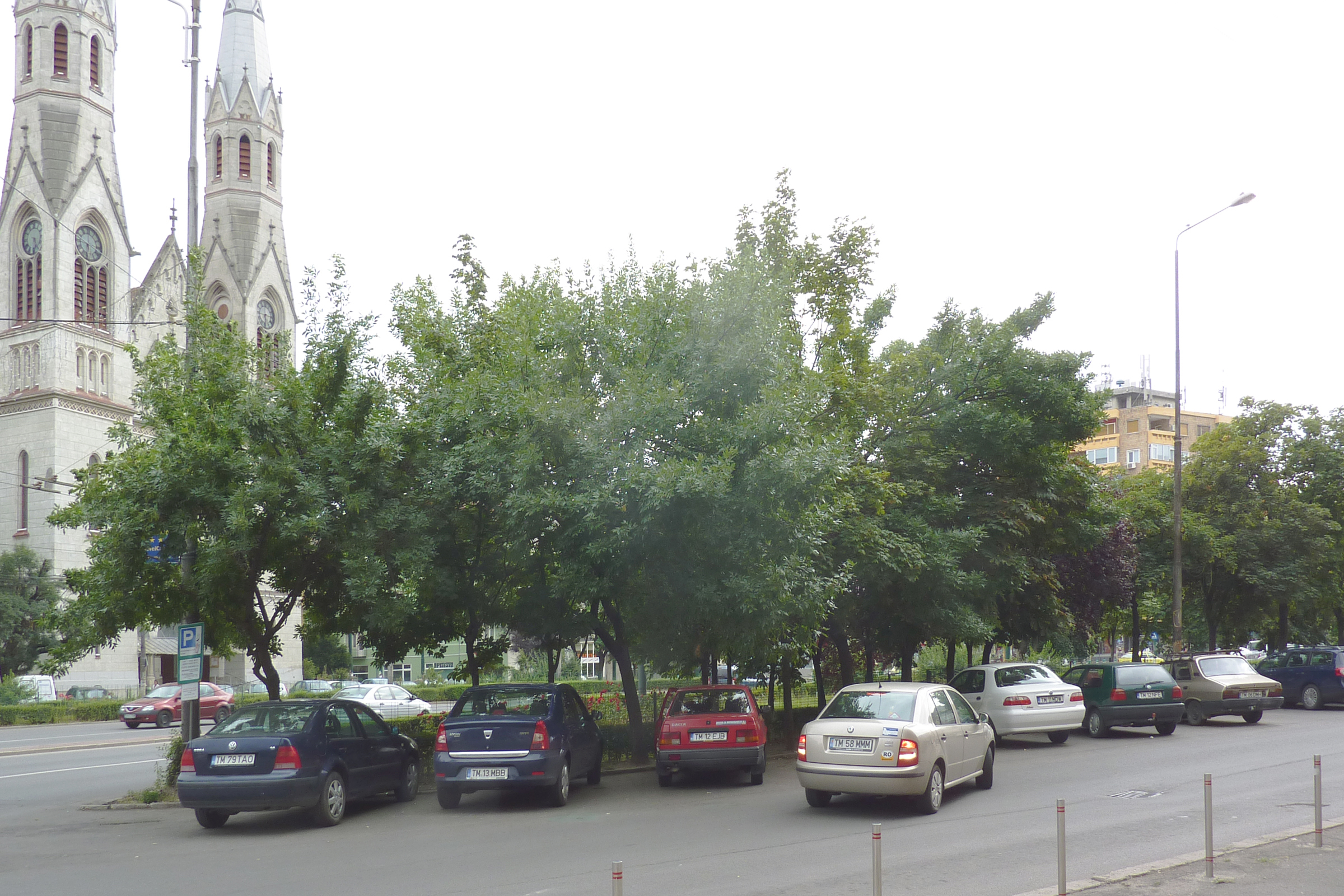
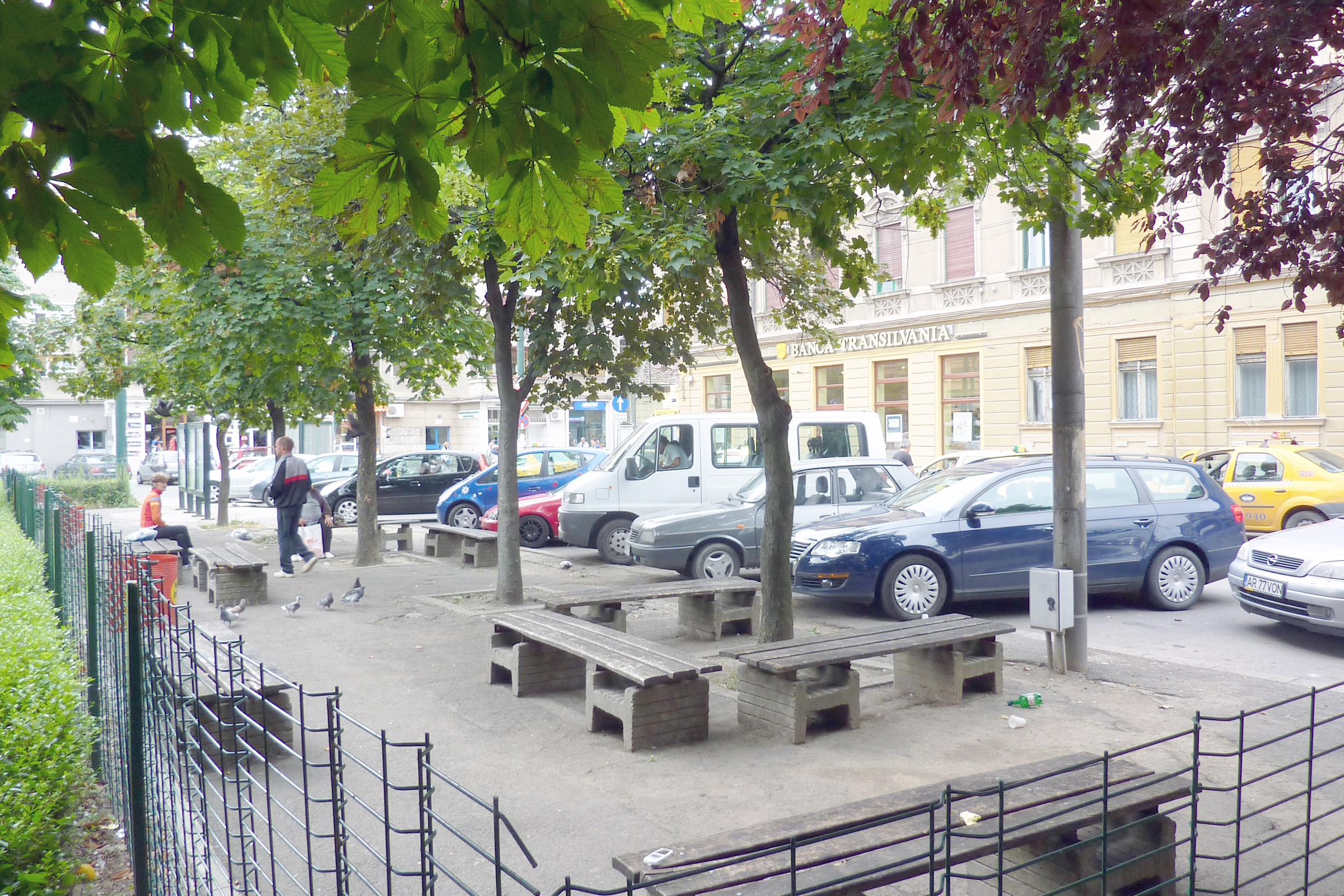
Unfortunately, since 1948, when Titus Suciu arrived in Timișoara and met the then Lahovary Square, things changed for the current Bălcescu Square, and not for the better. First, the agro-food market was moved to 1 December Street, stripping the square from an important center of activities. After 1990, the cinema closed and an important part of the optional activities disappeared. In 2013, with the redevelopment of the square, the last facilities for optional activities were removed: the few benches and the trees that shaded them in the middle of the square. Its refurbishment has been made from a traffic perspective only, so urban pedestrian facilities have not been taken into account. The square has been transformed into a big junction.

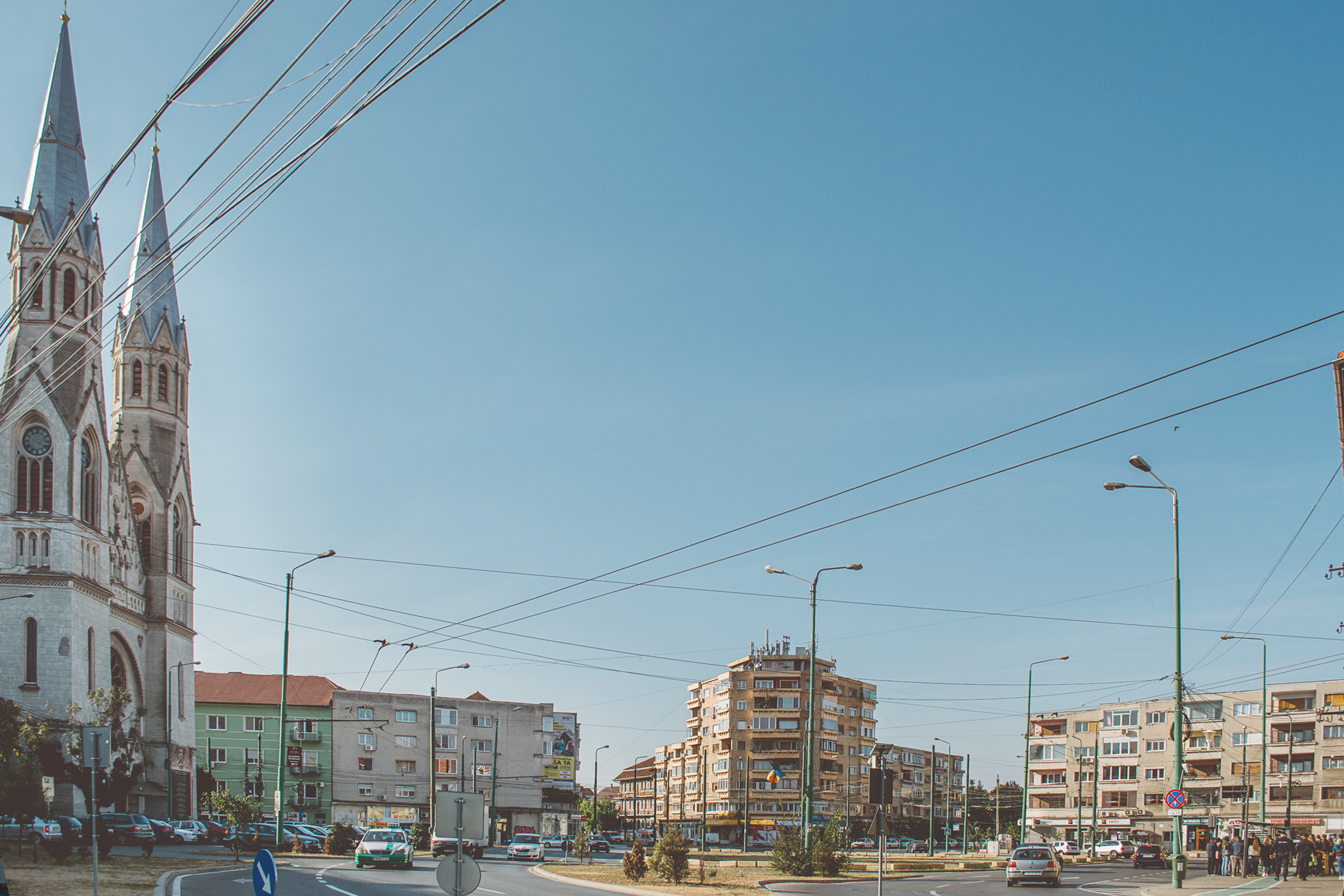
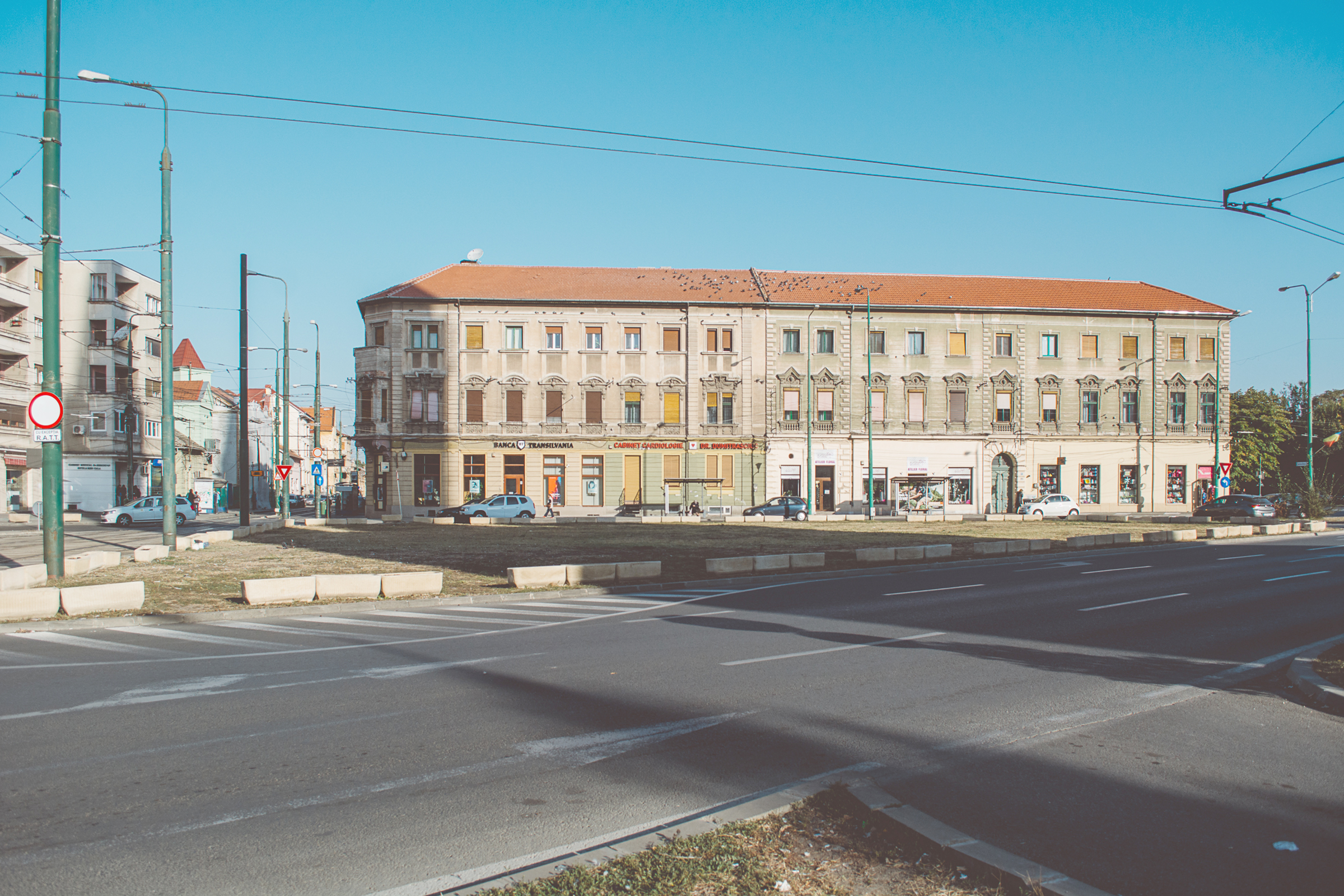
An example of good practice, comparable to the Bălcescu Square in terms of size and structure, is T. Nember Square in Lido di Jesolo, Venice, Italy, which you can see at this LINK. With relatively cheap and simple means (trees, urban furniture, pedestrian and bicycle paths integrated with green space), a quality public space can be created to attract people and make them spend time there.
If we were to apply the same kind of simple but effective intervention, the Elisabetin neighborhood center could possibly turn back into an urban square. Probably both Titus Suciu and Jan Gehl would enjoy that.
Sources:
- Jan Gehl - Viața între clădiri. Utilizările spațiului public, Igloo Media, 2011
- Titus Suciu - Chente, Lahovary, Generală 4 și mozi. Pagini despre Banat, Editura Marineasa Timișoara, 2011